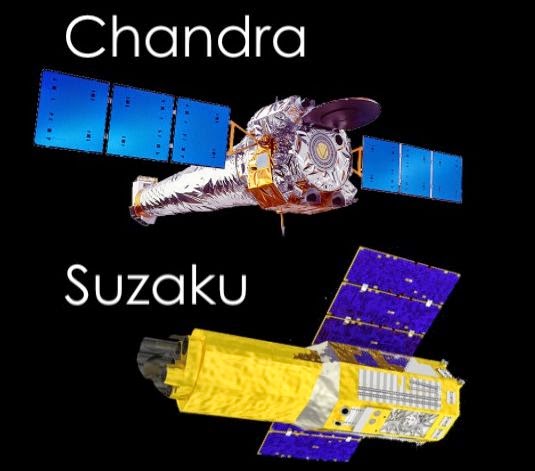Lucid Thoughts
FULL MEMBER

- Joined
- Apr 20, 2015
- Messages
- 230
- Reaction score
- -1
- Country
- Location
"Science" simply means "gyaan"(ज्ञान). Apposite of Gyaan is agyaan(अज्ञान). Modern westernized indians, don't know this simple concept. They think "science" is something new and something separate from masses. It is not.
Wrong. gyaan is hindi fro jnana meaning knowledge. Science is विज्ञान. hind, learn your language before preaching nonsense.




